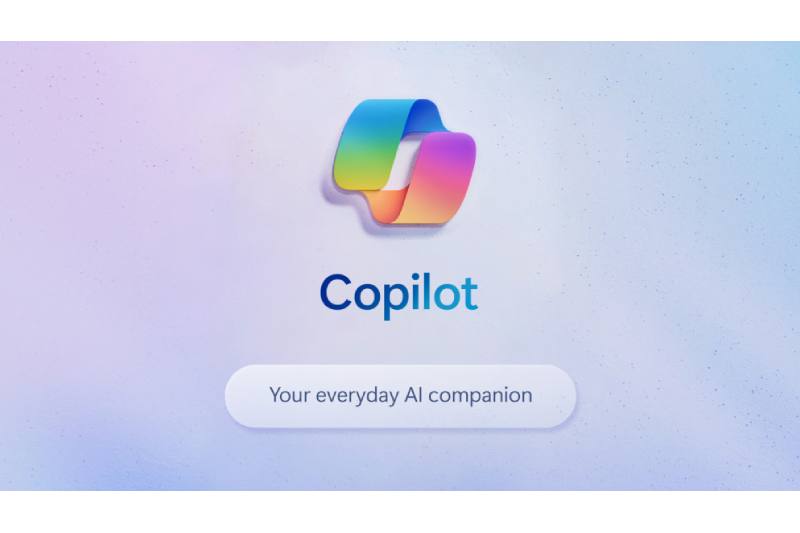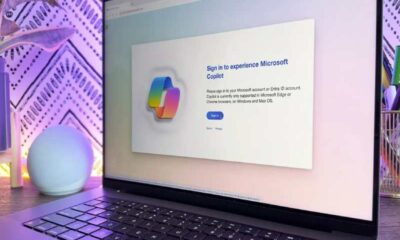IBM Research recently announced it’s open sourcing its Granite code foundation models. IBM’s aim is to democratize access to advanced AI tools, potentially transforming how code is written, maintained, and evolved across industries.
Which Granite Code Models Are Used by IBM?
Granite was born out of IBM’s grand plan to make coding easier. IBM used its extensive research resources to produce a suite of AI-driven tools to help developers navigate the complicated coding environment because it recognized the complexity and rapid innovation inherent in software development.
Its 3 billion to 34 billion parameter Granite code models, which are optimized for code creation, bug fixes, and code explanation, are the result of this endeavor and are meant to improve workflow productivity in software development.
Routine and complex coding activities are automated by the Granite models, which increase efficiency. Developers are able to concentrate on more strategic and creative parts of software design while also expediting the development process. This results in better software quality and a quicker time to market for businesses.
There is also an infinite amount of room for inventiveness. New tools and applications are expected to emerge, some of which may redefine software development norms and practices, given that the community has the ability to alter and expand upon the Granite models.
In addition to 500 million lines of code written in more than 50 programming languages, code snippets, challenges, and descriptions make up the extensive CodeNet dataset that the models are trained on. Because of their substantial training, the models are better able to comprehend and produce code.
Analyst’s Take
The Granite models are designed to increase efficiency by automating complicated and repetitive coding operations. This expedites the development process and frees up developers to concentrate on more strategic and creative areas of software development. Better software quality and a quicker time to market are what this means for businesses.
IBM expands its potential user base and fosters collaborative creation and customization of these models by making these formidable tools accessible on well-known platforms like GitHub, Hugging Face, watsonx.ai, and Red Hat’s RHEL AI.
Furthermore, there is an infinite amount of room for invention. Now that the Granite models are open to community modification and development, new tools and applications are sure to follow, some of which may completely reshape software development norms and practices.
This action has significant ramifications. First off, it greatly reduces the entrance barrier for software developers wishing to use cutting edge AI techniques. Now that independent developers and startups have access to the same potent resources as established businesses, the playing field is leveled and a more dynamic and creative development community is encouraged.
IBM’s strategy not only makes sophisticated coding tools more widely available, but it also creates a welcoming atmosphere for developers with different skill levels and resource capacities.
In terms of competition, IBM is positioned as a pioneer in the AI-powered coding arena, taking direct aim at other IT behemoths that are venturing into related fields but might not have made a commitment to open-source models just yet. IBM’s presence in developers’ daily tools is ensured by making the Granite models available on well-known platforms like GitHub and Hugging Face, which raises IBM’s profile and influence among the software development community.
With the Granite models now available for public use, IBM may have a significant impact on developer productivity and enterprise efficiency, establishing a new standard for AI integration in software development tools.


 Entertainment4 weeks ago
Entertainment4 weeks ago
 Business3 weeks ago
Business3 weeks ago
 Business3 weeks ago
Business3 weeks ago
 Business3 weeks ago
Business3 weeks ago
 Technology4 weeks ago
Technology4 weeks ago
 Technology2 weeks ago
Technology2 weeks ago
 Business2 weeks ago
Business2 weeks ago
 Technology2 weeks ago
Technology2 weeks ago














